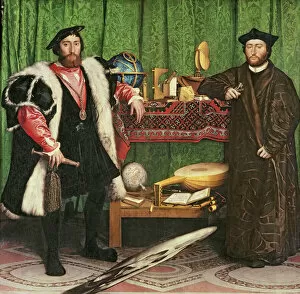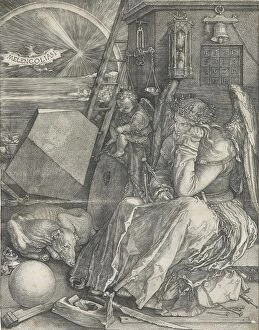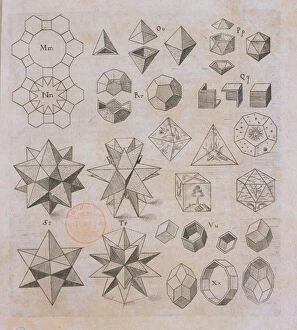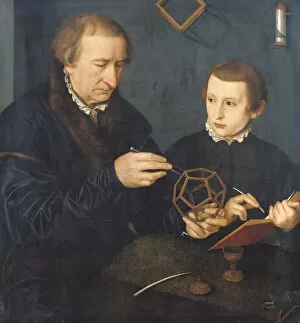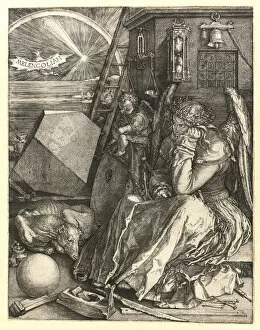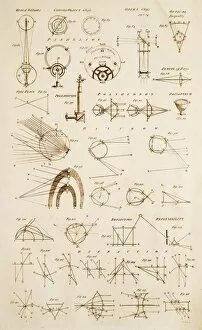Polyhedron Collection
"Exploring the Fascinating World of Polyhedrons: From Art to Science" Polyhedrons have captivated artists and scientists alike throughout history
For sale as Licensed Images
Choose your image, Select your licence and Download the media
"Exploring the Fascinating World of Polyhedrons: From Art to Science" Polyhedrons have captivated artists and scientists alike throughout history. In "The Ambassadors, " a renowned painting from 1533, we see a hidden anamorphic skull, cleverly incorporated into the geometric shapes of this masterpiece. Johannes Kepler, in his influential work "Harmonices Mundi, " introduced us to the beauty and harmony found within these geometric shapes. His illustrations showcased intricate polyhedrons that fascinated mathematicians for centuries to come. In Johann I Neudorfer's captivating oil painting from 1561, we witness the artistic representation of polyhedrons as they intertwine with human figures. This fusion between art and geometry highlights their significance in both realms. Albrecht Durer's master engraving "Melencolia I" is one of his most celebrated works. Completed in 1514, it showcases a brooding angel surrounded by various objects, including a mysterious polyhedral shape. Its presence adds an enigmatic touch to this iconic piece. Microscopic views offer another perspective on polyhedrons' ubiquity. We observe their resemblance in structures such as Canine Parvovirus or even the common cold virus – reminding us that nature itself embraces these fascinating geometrical forms. Even beyond science and biology, artists continue to find inspiration in polyhedrons. An artist's illustration of an icosahedron demonstrates how these shapes can be transformed into mesmerizing artworks that stimulate our imagination. From Renaissance paintings to microscopic wonders, polyhedrons have left an indelible mark on various aspects of human creativity and scientific exploration. Their allure lies not only in their mathematical precision but also in their ability to transcend boundaries between disciplines – uniting art and science through their timeless appeal.

